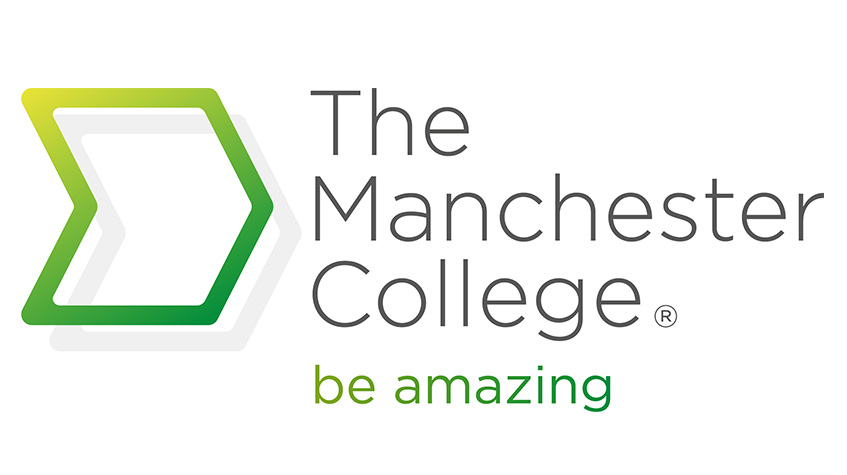
5 Steps for Young People to Enhance Their Employability
Getting started on your career journey as a young person can feel overwhelming, but with the right steps, you can significantly boost your employability and pave the way for a successful future.
Data shows half of employers feel young people are not job ready. So it’s important to make sure you’re doing everything you can to improve your chances of employment and build your CV.
This guide outlines a clear, actionable plan, starting with the foundational step of gaining a college qualification and progressing through essential stages like skills assessment, career guidance, work experience, and continuous progress review.
Whether you're a recent school leaver or looking to enhance your existing skills, these strategies, coupled with the comprehensive support offered by The Manchester College, will equip you with the tools and confidence you need to thrive in a competitive job market.
Let's dive in and explore 5 steps to take to improve your employability as a young person.
Step 1: Gain a college qualification
In today's competitive job market, a college qualification is a crucial stepping stone towards enhanced employability. It provides a solid foundation of knowledge and skills, signaling to potential employers your commitment and expertise.
Here at TMC, we offer a diverse range of courses, catering to various career paths and interests, ensuring students can pursue their passions while gaining valuable qualifications. Moreover, a college qualification can serve as a launchpad for further education, enabling individuals to specialise and deepen their expertise, ultimately strengthening their employability.
Beyond academic learning, colleges offer invaluable career guidance, including workshops, resume building assistance, and networking opportunities, empowering students to navigate the job market with confidence and clarity.
Step 2: Skills scan
A skills scan, such the one on the college moodle platform, can serve as a good starting point. You will find statements relating to categories like time and self- management or critical thinking and problem solving, which make you think about what abilities you already possess, and the ones you still need to develop for yourself.
Skills scans typically contain statements like “I am aware of the things that cause me to waste time and am able to avoid them when I have work to complete” and have options to think about such as: “No – I really need to work on this” / “Not completely sure –I could still improve / or “Yes – I am really confident I can do this”*
After every work placement and at regular intervals, review your skills scan and see where you have grown in confidence and knowledge or what you still need to work on.
Step 3: Seek careers advice support along the way
Establish an Employability Support Crew to give you advice and guidance on your journey. This includes establishing a social media presence on a professional networking site such as Linked In.
Make an appointment to see a careers advisor who can give you impartial advice on the options available for you.
Whilst studying, take part in work-related activities such as live briefs or competitions, and attend employability events. This all helps to build your CV and make you more attractive to potential employers. At The Manchester College, we will also give you advice and help you build your skills during the timetabled Employability Hour.
Step 4: Gain work experience
45% of employers say experience is a significant factor when recruiting young people . Therefore, work experience is an essential part of your employability journey and chances to be part of the real world of work are definite milestones on the road to finding a paid position.
Make sure you do a placement in a company or organisation related to your chosen career, however. If you are deciding between careers, choose work experience which will give you some important transferable skills, like dealing with customers (communication skills) or working as part of a team.
After your work placement, reflect on your skills again and ask your employer to give you a reference so you have something concrete to use in a job application process. Update your CV and social media profile with the experience you have gained and list your transferable skills. You can also ask for short recommendations on your LinkedIn profile or get your skills validated by your contacts.
Step 5: Reviewing your progress
On any journey, it is important from time to time to review the route that you are on and make adjustments if necessary. Sometimes there are other routes you can take, other opportunities that present themselves to get to your destination more quickly. Developing a critical eye for your own skills and experience is necessary in order to progress.
Choose TMC to improve your employability
Boost your employability with TMC, where you'll find comprehensive support designed to launch your career. From personalised career guidance and CV workshops to industry connections and placement opportunities, we invest in your success.
Explore a vast array of courses tailored to diverse subjects and career paths, ensuring you gain the specialised skills employers seek. Explore our courses and enrol today to unlock your full potential!
